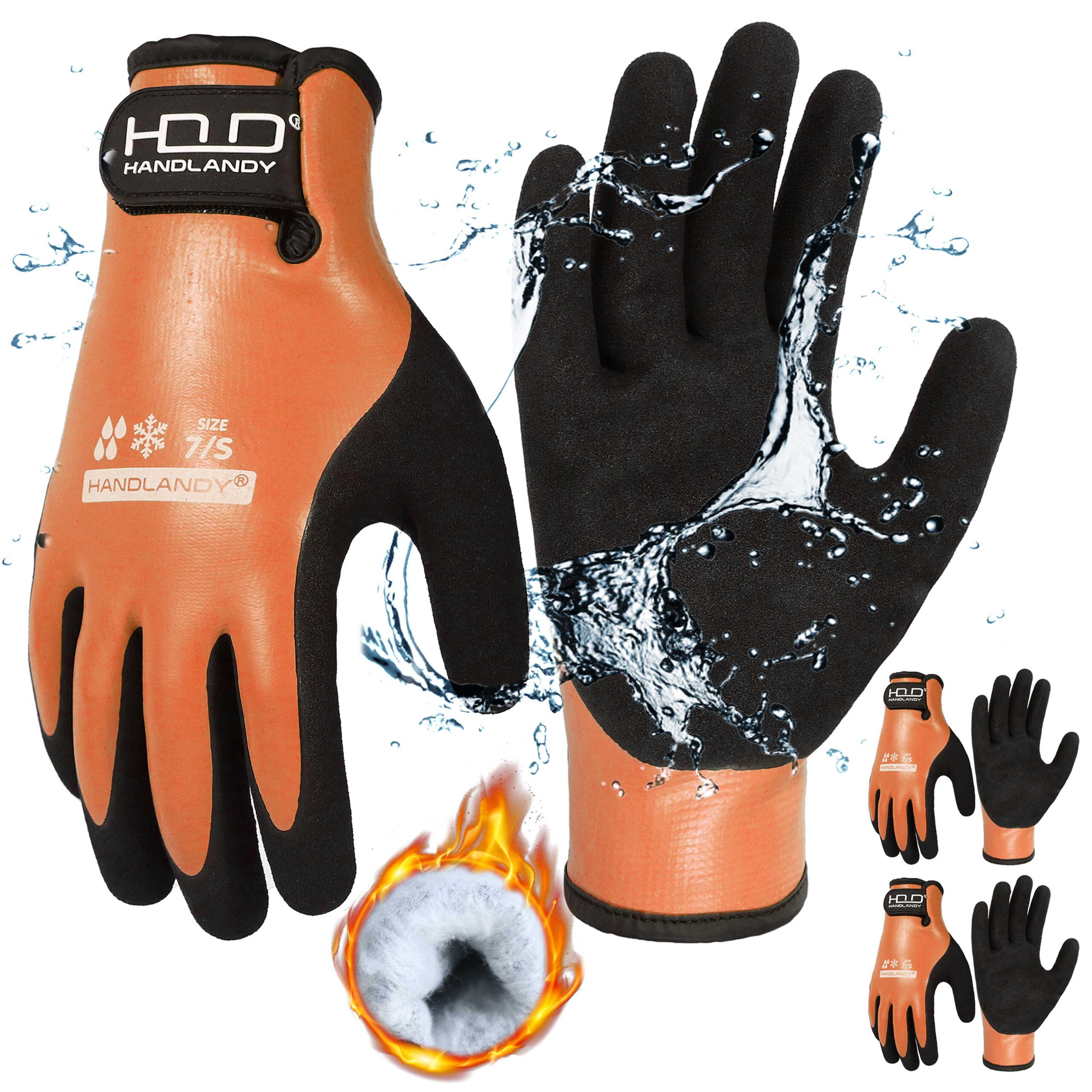Introduction
As someone with years of experience in the glove manufacturing industry, I’ve seen firsthand the importance of anti-vibration gloves for workers using power tools and heavy machinery. These gloves are not just another piece of PPE—they are crucial for preventing Hand-Arm Vibration Syndrome (HAVS) and reducing long-term damage to the hands and fingers.
Anti-vibration gloves are specially designed to absorb and reduce vibrations from tools like jackhammers, chainsaws, and drills, helping to prevent fatigue and long-term nerve damage. If you work in construction, automotive repair, or manufacturing, these gloves can significantly improve safety and comfort.
How Do Anti-Vibration Gloves Work?
Unlike standard work gloves, anti-vibration gloves contain specialized padding materials that absorb and dissipate vibrations before they reach your hands. These materials include:
- Gel padding – Offers excellent shock absorption while maintaining flexibility.
- Foam inserts – Provide cushioning but may wear out faster.
- Viscoelastic polymers – Advanced material that adapts to vibrations for long-term protection.
These gloves are tested against industry standards like ISO 10819, which evaluates how well they reduce vibration energy in high-risk work environments.
Do Anti-Vibration Gloves Actually Work?
Yes, but their effectiveness depends on proper design and usage. Gloves that meet ISO 10819 standards are scientifically proven to reduce harmful vibrations. However, no glove can eliminate all vibration completely.
Key Features to Look for in Anti-Vibration Gloves
When selecting anti-vibration gloves, keep these factors in mind:
| Feature | Why It Matters |
|---|---|
| Padding Type | Gel and viscoelastic materials offer the best vibration absorption. |
| Fit & Comfort | A well-fitted glove prevents slipping and maintains tool control. |
| Grip Texture | Non-slip surfaces improve handling and safety. |
| Dexterity | Flexible materials ensure ease of movement for precision work. |
| ISO 10819 Certification | Ensures the gloves meet international vibration protection standards. |
Poorly designed gloves may reduce dexterity and grip strength, so balance protection with usability.
The Benefits of Using Anti-Vibration Gloves
I’ve worked with professionals across different industries who rely on these gloves daily. Here are the key advantages:
1. Protection Against Hand-Arm Vibration Syndrome (HAVS)
HAVS is a serious condition caused by prolonged vibration exposure. It can lead to numbness, tingling, loss of grip strength, and even permanent nerve damage. Wearing the right gloves significantly reduces these risks.
2. Reduces Fatigue
Long hours using vibrating tools strain the hands and wrists. By absorbing vibration, these gloves help reduce muscle fatigue and improve endurance during work.
3. Improves Safety
Better grip and control over tools reduce the chance of accidental slips, making the workplace safer.
4. Compliance with Workplace Safety Regulations
Many industries require vibration protection as part of their safety standards. Having ISO 10819-certified gloves can ensure compliance with workplace safety regulations.
Limitations of Anti-Vibration Gloves
While these gloves provide essential protection, they do have some limitations:
- Not 100% Vibration-Proof – They reduce, but don’t eliminate, all vibrations.
- Can Impact Dexterity – Thick padding may limit fine motor control for precision tasks.
- Fit Matters – If gloves are too loose or too tight, their effectiveness decreases.
This is why it’s important to choose gloves specifically designed for your job rather than using generic work gloves.
Who Needs Anti-Vibration Gloves?
If you work with vibrating tools daily, investing in high-quality anti-vibration gloves is a must. These gloves are ideal for:
1. Construction Workers
- Jackhammer and power drill operators
- Concrete cutting and grinding specialists
2. Mechanics & Automotive Technicians
- Using impact wrenches, air-powered tools, and buffers
3. Forestry & Landscaping Professionals
- Chainsaw operators and hedge trimmers
4. Factory & Assembly Line Workers
- Manufacturing jobs involving high-speed rotating tools and heavy machinery
Using the right gloves reduces injury risk and ensures long-term hand health.
Conclusion
Anti-vibration gloves are a critical investment for workers exposed to vibrating machinery. They help prevent HAVS, reduce fatigue, and improve workplace safety. When choosing a pair, look for high-quality padding, a proper fit, and ISO 10819 certification for maximum protection.
From my experience in the industry, the right gloves can make a major difference in both comfort and long-term health. If you regularly use power tools, investing in certified anti-vibration gloves is a smart decision.








